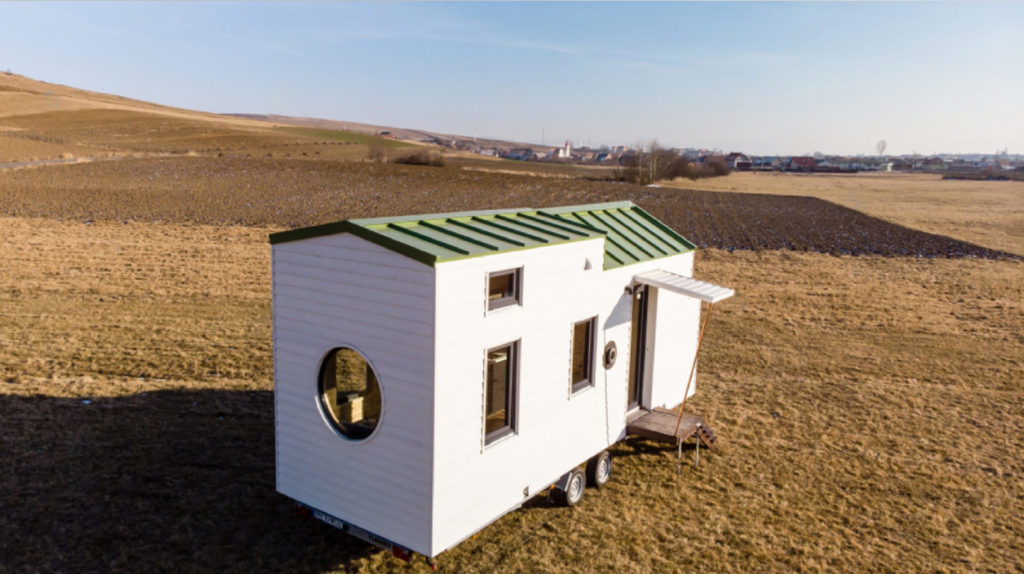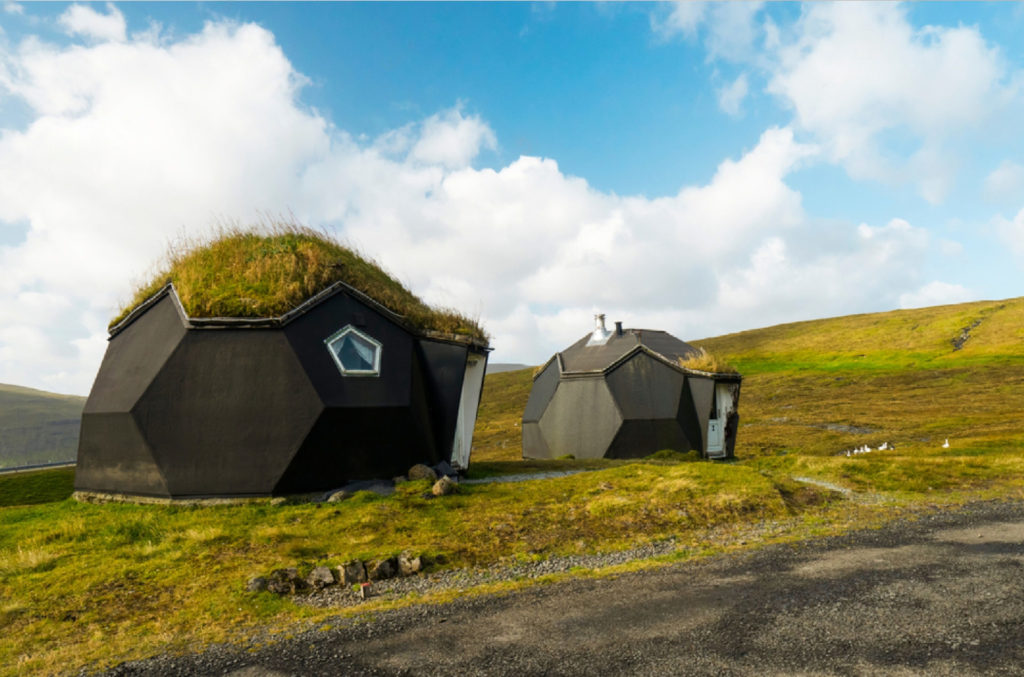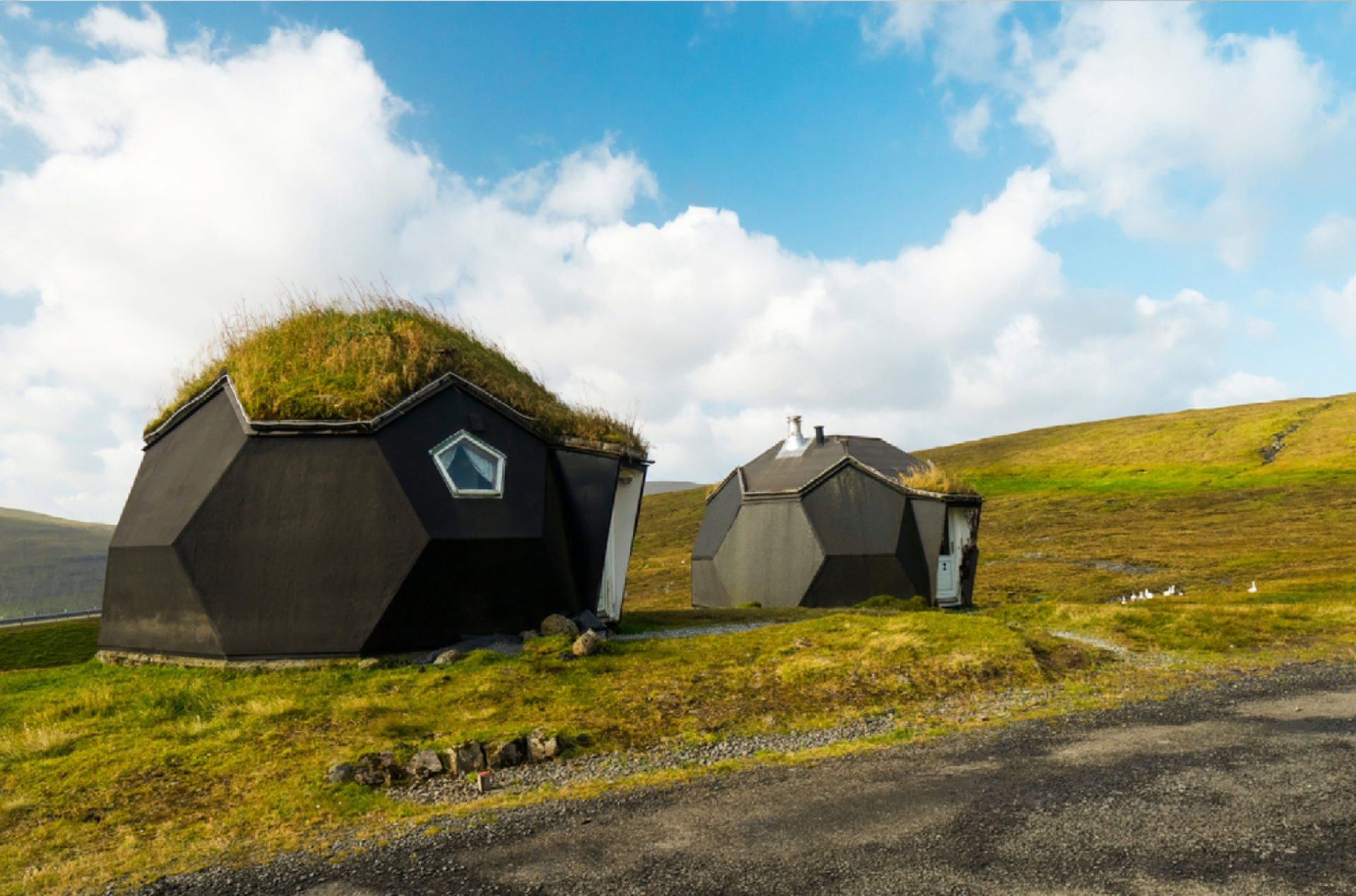In recent years, prefabricated houses have gained popularity worldwide as an alternative to traditional housing construction. In Mexico, the prefabricated homes industry has been growing gradually, and it is expected that this sector continues to boom in the following years. In this article we will analize the future of prefabricated homes in Mexico, considering economic, social, and technological factors that influence the market.
The prefabricated homes market in Mexico
In Mexico, the prefabricated homes market is relatively new. Nontheless, the economic growth of the country and the increase in population have increased the demand for housing, this has led to the search for affordable, and efficient alternatives to traditional construction.
Even though prefabricated homes represent a small portion of the housing market in Mexico, its growth has been constant in recent years. Acording to a study to the Mexican Association of the Construction Industry (AMIC as abbreviated in Spanish) it is expected that the prefabricated homes marked in Mexico will grow at a compound annual rate of 6% during the 2021-2026 period.
This growth is due in great part to the benefits that prefabricated homes offer in contrast to traditional construction. Prefabricated homes are more affordable, quicker to assemble, more efficient in therms of energy and more friendly to the environment. Also, prefabricated homes offer greater flexibility in terms of design and personalization, which makes them ideal to adapt to the needs and likes of clients.
Factors that boost the growth of the prefabricated homes sector in Mexico.
The growth of prefabricated homes in Mexico is driven by several factors, including:
- The demand for affordable housing: In Mexico, there is great demand for affordable housing especially among the younger population. Prefaabricated homes offer a more affordable and efficient solution when compared to traditional housing solutions, making them ideal to satisfy this demand.
- The technology: The technology has advanced significatively in the prefabricated homes sector, which has allowed greater customization and design freedom, as well as better energy efficiency. Prefabricated homes can now be built with more advanced technologies, such as solar panels, rainwater harvesting systems and recycled materials.
- The speed of construction: Prefabricated homes are built in a much shorter timespan than traditional construction techniques, making them ideal for large-scale housing projects. Prefabricated homes are also able to be built in hard to access or remote locations, making them ideal for the construction of housing in rural areas.
- Flexibility: Prefabricated homes offer greater flexibility in terms of design and customization, making them ideal to be tailored to the needs and likes of the clients. Also, prefabricated homes are modular, meaning that modules can be added or removed according to the client’s needs.
- The environment: Prefabricated homes are friendlier with the environment when compared to traditional constructions, since they use less materials and produce less waste. Furthermore, prefabricated homes can be built with recycled materials and with renewable energy systems, making them ideal for client that look for sustainalbe options.
Challenges for the growth of the prefabricated housing sector in Mexico
Even though prefabricated homes have a great potential for growth in Mexico, they will also face some challenges that may limit their adoption and growth. These challenges include:
- Cultural resistance: In Mexico traditional housing construction has a long-standing cultural tradition, and some people may resist the adoption of prefabricated housing
- Lack of financing: Even though prefabricated homes are more affodable than traditionally built housing, they can still be pricey for some clients. The lack of accessible financing options can limit the adoption of prefabricated homes.
- The lack of infrastructure: In some rural areas in Mexico, there can be a lack of adequate infrastructure for the construction of prefabricated housing. The lack of highways and public services can complicate the transportation and installation of prefabricated housing.

The future of prefabricated housing in Mexico
Even though there are some challenges for the prefabricated housing market in Mexico, it is expected that this sector will continue to grow in the following years. According to a report of the market research firm Mordor Intelligence, it is expected that the prefabricated housing market will continue to grow at an compound rate of 9.2% per annum during the 2021-2026 period.
One of the factors that will drive this growth is the increase of urbanization in Mexico. It is expected that the urban population of the country will reach 85% by 2050, which will increase the demand for affordable and energy-efficient housing. Prefabricated homes offer a viable solution to satisfy this demand.
Another factor that will drive the growth of this sector is technology. Advances in material science and mass-production have allowed a greater degree of customization and efficiency in the construction of prefabricated housing. Furthermore, prefabricated homes now can be built with more advanced materials and renewable energy systems, which makes them more attractive for clients that are looking for sustainable options.
Another factor that will drive the growth of this market is the increase in availability of financing options. Governments and institutions are begining to recognize the potential of prefabricated homes to provide affordable and efficient housing. Some financial institutions offer loanss and financing for the aquisition of prefabricated homes, which will help to expand the market.
Also, some construction companies are innovating the way in which prefabricated homes are sold and delivered. Some comanies offer flexible financing plans and loan programs with option to buy so that the homes are more accessible for clients. Delivery and on-site assembly options are being explored to address the infrastructure problems in some rural zones.

In summary
The future of prefabricated housing in Mexico is promising. Prefabricated homes offer an affordable, efficient, and customizable solution that can adapt to the needs of the client and the environment. As the prefabricated housing market continues to grow in Mexico it is important to address the challenges that the sector is facing, such as the lack of clear regulations and cultural resistance, to promote the adoption of prefabricated homes and bring more affordable and sustainable options to buyers.
CABIN Mexico
We are manufacturers of prefabricated housing in Mexico. We specialize in modern and energy efficient Cabins that adapt to your lifestyle






